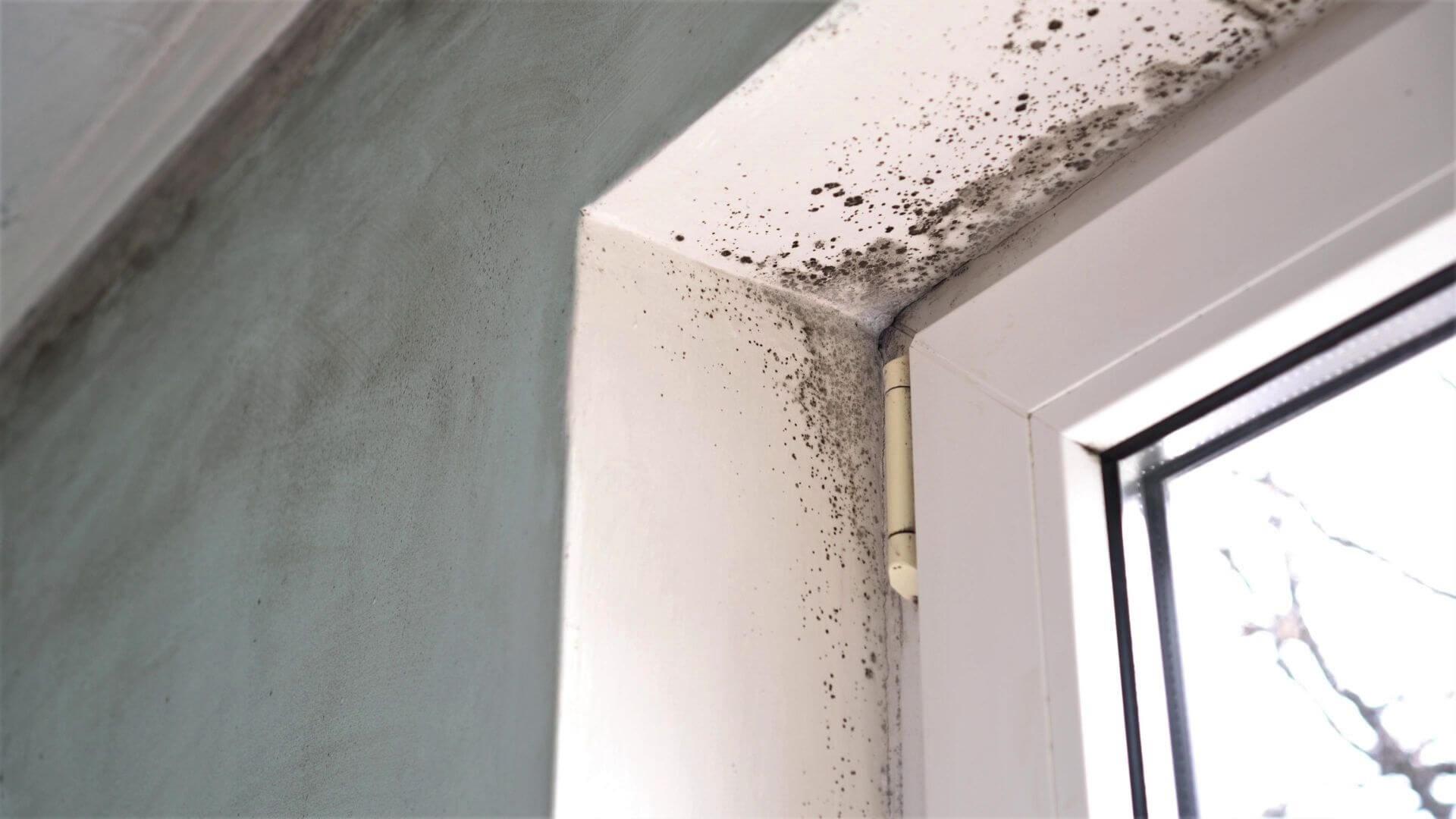The Reality of Mould Growth
Mould is an all-too-common household problem, particularly in damp or poorly ventilated environments.
While it may be tempting to cover up unpleasant mould patches with a fresh coat of paint, this approach is only a cosmetic fix and does nothing to address the root of the issue.
In fact, painting over mould can exacerbate the problem, allowing it to spread and potentially cause further damage to your home and health.


Why Mould Is More Than Just a Surface Issue
Mould is not just a surface-level problem—it is a living organism that spreads through microscopic spores in the air. Once these spores land on a damp surface, they begin to grow, forming a hidden network of filaments called mycelium beneath the surface.
What you see as dark green or black patches on walls is the body of the mould, which releases even more spores into the air, allowing it to spread.
The conditions that encourage mould growth are often the result of condensation on cold surfaces like walls, windows, and ceilings. This occurs when warm, moisture-laden air meets a cold surface, turning water vapour into droplets. If this moisture lingers on porous materials like paint, wallpaper, or plaster, it creates the ideal breeding ground for mould.
Why Painting Over Mould Doesn’t Work
While painting over mould might hide the discoloured patches temporarily, it does nothing to eliminate the underlying mould colony.
The mycelium beneath the surface remains active, and the mould will quickly reappear—often breaking through the new paint layer.
In some cases, painting over mould can trap moisture within the wall, potentially worsening the issue. Instead of masking the visible symptoms, it is vital to address the root causes of mould growth to stop it from coming back.
How to Treat Mould Before Painting
Before decorating, it's critical to remove mould safely and eliminate moisture sources. Here’s how to treat mould before painting:
- Wear protective gear – gloves, mask, goggle
- Ventilate the area – open windows and doors
- Clean the surface using a mould remover or a mix of white vinegar and water
- Use a stiff brush to remove visible growth
- Apply an anti-mould treatment like a biocide or fungicidal wash
- Let the area dry fully before repainting
- Use mould-resistant paint where possible
Current Government Guidance
Why Poor Ventilation is the Main Cause of Mould
One of the leading causes of mould growth in homes is poor ventilation, which allows excess moisture to linger in the air. Everyday activities such as cooking, showering, drying clothes indoors, and even breathing generate significant amounts of water vapour. Without proper airflow, this moisture settles on cold surfaces, encouraging condensation and mould growth.
Improving ventilation in your home is the simplest and most effective way to combat mould.
Here’s how:
- Open windows regularly: Even in colder weather, opening windows for just 10–15 minutes each day allows stale, moisture-laden air to escape and fresh air to circulate.
- Use extractor fans: In rooms prone to high humidity, such as kitchens and bathrooms, extractor fans remove excess steam and damp air quickly.
- Improve airflow between rooms: Keep interior doors open when possible, and avoid blocking vents or air grilles with furniture.
- Wipe down condensation: Regularly check windows and walls for condensation and dry them off with a cloth to prevent moisture buildup.
Simple habits like these can go a long way in reducing humidity levels and creating a less hospitable environment for mould to grow.
Why You Should Act Quickly
Ignoring mould or attempting to cover it up with paint can lead to bigger problems over time. Left unchecked, mould can:
- Weaken the structural integrity of walls and ceilings.
- Cause permanent damage to décor, such as wallpaper and paint.
- Negatively impact indoor air quality, triggering respiratory issues, allergies, and other health concerns.
Preventing Mould from Returning
The key to tackling mould effectively is reducing the moisture in your home and improving ventilation. By combining regular airflow improvements—like opening windows and using fans—with proper cleaning of mould-prone areas, you can stop mould at its source.
If you spot mould in your home, don’t settle for quick fixes. Take action now to eliminate excess moisture, improve airflow, and protect your home and your family’s health.
With the right approach, you can create a drier, healthier, and mould-free living environment for years to come.
Best Extractor Fans to Prevent Mould
A properly installed extractor fan can significantly reduce humidity levels in bathrooms, kitchens, and utility areas — the top sources of excess moisture.
At The Air Shop, we recommend continuously running extractor fans over traditional ones. They provide low-level, quiet extraction 24/7 to maintain healthier humidity levels.
Greenwood CV2GIP
Vent-Axia NBR 10mm Fan
Shop Extractor Fans Now
Could Positive Pressure Solve Your Mould Problem?
If your home suffers from recurring mould in multiple rooms, a Positive Input Ventilation (PIV) system might be the solution. These units gently push fresh, filtered air into your home from a central location (usually the loft), helping to dilute moisture and prevent condensation from forming in the first place.
- Easy to install
- Quiet and energy-efficient
- Ideal for mould-prone or poorly ventilated properties
Explore Positive Pressure Units
Don't Mask the Problem
Painting over mould is not just ineffective—it can make things worse. Tackle the cause with better ventilation, proper cleaning, and smart products designed to reduce moisture for good.
At The Air Shop, we stock high-performance ventilation systems, filters, and fans to help you create a drier, healthier home—and keep it that way.
 Share
Share
Back to Blog